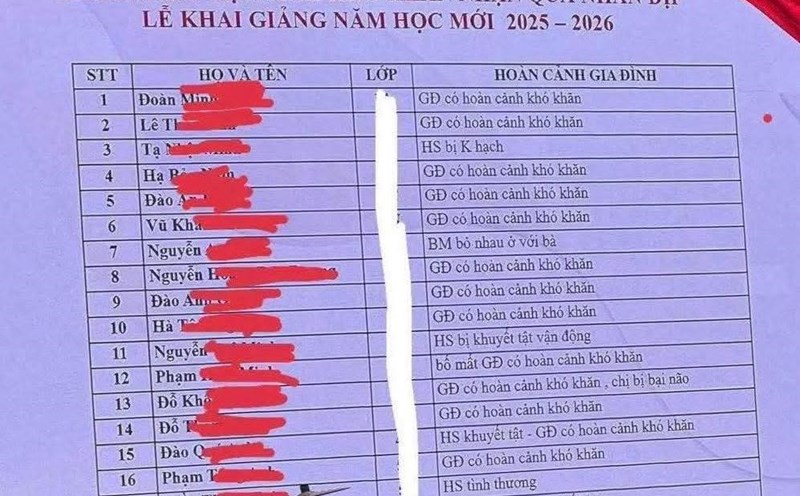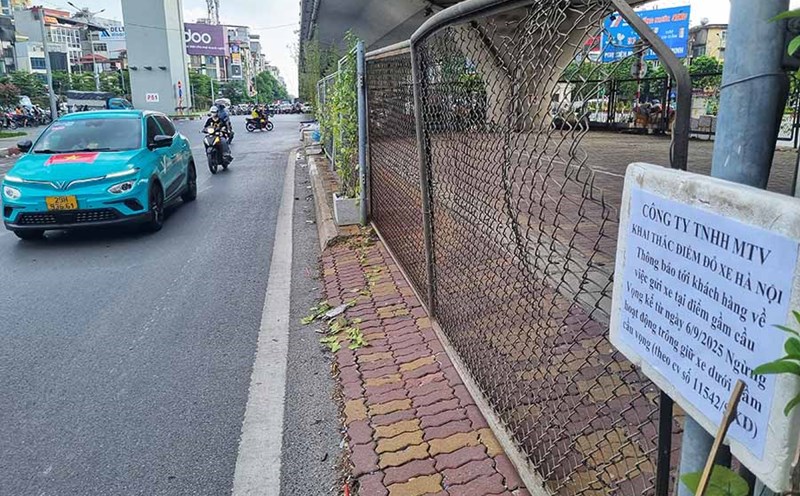80 years of building and developing with the country
Right after the independence day, in 1945, the predecessor of Vietnam Customs was established to establish customs sovereignty, control import-export activities and generate budget revenue for the country. After many changes in arrangement, renaming and adjustment of functions, from the initial Department of Taxation and Counterfeit Tax, the Customs system has now become an important institution in state management of customs.
On the journey of 8 decades, Vietnam Customs has always been associated with the country's changes. From the period of resistance against smuggling, maintaining budget revenue; to the period of national reunification, expanding management across the border; then the period of innovation, promulgating the 1990 Customs Ordinance and the 2001 and 2014 Customs Law, the industry gradually modernized management, applied information technology, participated in the one-stop mechanism of the country and ASEAN.
In particular, in March 2025, the Ministry of Finance issued Decision 382/QD-BTC to reorganize the General Department of Customs into a Customs Department under the Ministry. This is an important turning point, demonstrating the policy of streamlining the apparatus, fully inheriting functions, tasks, and powers and meeting modern management requirements.
Streamlining the apparatus, improving management efficiency
In the period of 20142025, the Customs sector has strongly implemented the 6-term 12th Central Resolution on restructuring the apparatus, associated with Resolutions 18-NQ/TW and 19-NQ/TW. The consistent goal is to build a "streamlined - compact - strong" apparatus, both ensuring effective management and facilitating trade and socio-economic development.
The outstanding result is the arrangement and sharp reduction of focal points in the whole industry. After reorganizing from the General Department to the Customs Department, the number of units decreased by 485/902. In July 2025, 20 regional Customs units will officially come into operation, replacing the previous departments, in accordance with regional characteristics and improving management efficiency. The three-level model "Customs Department, Regional Customs Branch, Border Gate or External Border Gate Customs" has been implemented synchronously across the country.
The assessment shows that the new apparatus is not only streamlined but also promptly meets the requirements of modernization: from electronic customs clearance systems, risk management, to strengthening the fight against smuggling and trade fraud. Thereby, the Customs will both maintain its role as state management and contribute to creating a favorable business environment, promoting import-export and international integration.
Building a disciplined, modern, and honest force
Implementing the Vietnam Customs Development Strategy to 2030, the Customs Department has clearly identified key orientations and solutions to build a disciplined, modern, honest customs force on international par.
The Customs Department focuses on building and developing a team of customs officials at all levels with deep professional qualifications, honest operations, professional working style, mastering modern technology and equipment, sufficient in quantity and structure, suitable organization and scientific management, linked to the practical needs of the job position with the capacity of each individual, meeting the modern customs management model. The team of strategic-level civil servants has qualities, abilities, prestige, and elite to meet the requirements of tasks in the new situation. Build and develop a team of professional experts at both the General Department and the Regional Customs.
Develop and implement a mechanism for recruiting human resources openly and transparently with reasonable treatment to ensure attracting high-quality human resources for the Customs sector.
Implement a capacity-based human resource management model based on job positions, human resource development policies to meet the requirements of centralized and smart customs management.
Building an electronic human resource management system ensures the requirement of maximum automation of human resource management procedures.
Building modern facilities, standard training management methods of regional training institutions and a team of lecturers specializing in customs knowledge and pedagogical skills, some permanent lecturers and part-time lecturers recognized by the WCO as WCO lecturers can participate in international teaching.
Research and apply modern training methods and advanced technology to meet job position requirements in training and professional development for customs officials, civil servants and public employees to improve training capacity, ensure that training and development is carried out anytime, anywhere; link training and capacity assessment with the arrangement and use of cadres, civil servants and public employees.
Build a rotation model to train and foster between levels, between departments in the same unit, in each professional field, between professional fields to improve professional qualifications, work-solving capacity, practical experience for civil servants, professional public employees, civil servants, and public employees in planning leadership positions.











